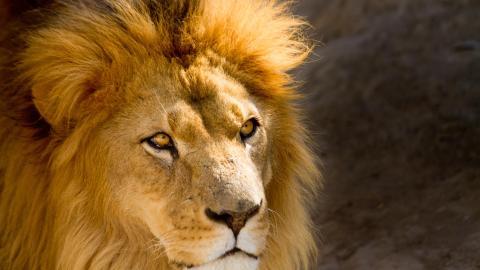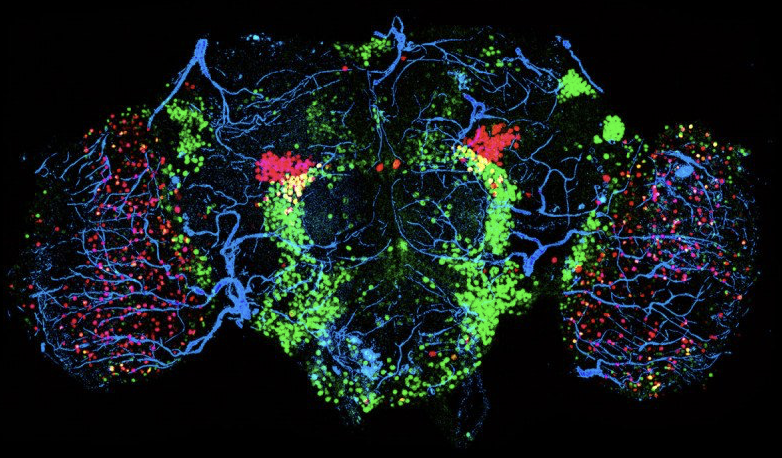What the Emotional Lives of Animals Tell Us About Our Own

What’s the Latest Development?
The computational theory of mind, which guesses that the brain works similarly to a personal computer, has come to dominate academic as well as popular circles. While the theory does not seem incorrect to (evolutionary) biologists, the concept of “the brain as microchip” is increasingly viewed as inadequate given what we know about the emotional lives of animals. Simply put, emotions like fear, pleasure, care, jealousy and so on are as essential to lions navigating the African savanna as they are to humans navigating job interviews and romantic relationships.
What’s the Big Idea?
The emergence of language in humans, i.e. our ability to manipulate arbitrary and abstract signs to indicate physical objects, paralleled the rise of computational minds somewhere between 30,000 and 200,000 years ago. “Compare those 200,000 years of language-based cognitive life with approximately 200 million years (the late Triassic) of emotional life. Some 200 million years ago is when mammals first began to emerge, and this is when the rudimentary emotional systems of lust, aggression, seeking, care, panic and so on began their rise to dominance.”
Photo credit: Shutterstock.com





